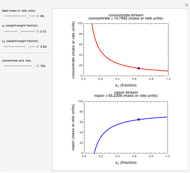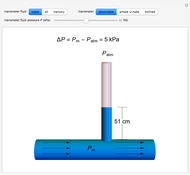Balanced Configurations of Multislot Centrifuges

Requires a Wolfram Notebook System
Interact on desktop, mobile and cloud with the free Wolfram Player or other Wolfram Language products.
In molecular biology, centrifuges are used in procedures involving isolation and purification of proteins and nucleic acids. Often these processes are performed with small, benchtop microcentrifuges which hold multiple 1.5 mL to 2.0 mL tubes and can spin with centrifugal forces as high as 13,000 to 15,000 g. In such experiments, sample tubes of identical weight must be placed in appropriate rotor slots to ensure that the centrifuge is balanced.
[more]
Contributed by: Amy Blinder (August 2020)
(Department of Molecular & Integrative Physiology, University of Michigan Medical School)
and
S. M. Blinder
Open content licensed under CC BY-NC-SA
Snapshots
Details
For the case of 5 tubes in 24 slots, a balanced configuration is a combination of the equilateral triangle {1, 9, 17} and the pair {7,19}. For 7 tubes, a balanced combination is {1, 9, 17}, {3,15} and {11,23}.
Permanent Citation

















